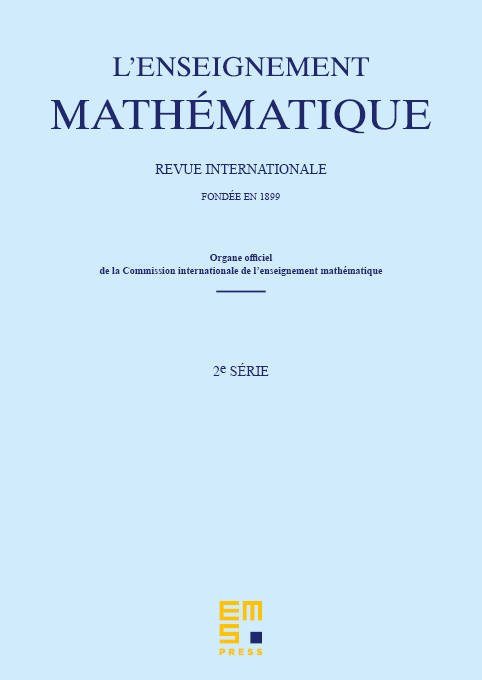The hyperbolic geometry of Markov’s theorem on Diophantine approximation and quadratic forms
Boris Springborn
Technische Universität Berlin, Germany

Abstract
Markov’s theorem classi fies the worst irrational numbers with respect to rational approximation and the indefinite binary quadratic forms whose values for integer arguments stay farthest away from zero. The main purpose of this paper is to present a new proof of Markov’s theorem using hyperbolic geometry. The main ingredients are a dictionary to translate between hyperbolic geometry and algebra/number theory, and some very basic tools borrowed from modern geometric Teichmüller theory. Simple closed geodesics and ideal triangulations of the modular torus play an important role, and so do the problems: How far can a straight line crossing a triangle stay away from the vertices? How far can it stay away from all vertices of the tessellation generated by this triangle? De finite binary quadratic forms are brie y discussed in the last section.
Cite this article
Boris Springborn, The hyperbolic geometry of Markov’s theorem on Diophantine approximation and quadratic forms. Enseign. Math. 63 (2017), no. 3/4, pp. 333–373
DOI 10.4171/LEM/63-3/4-5